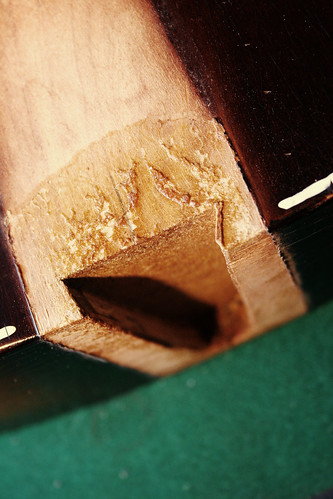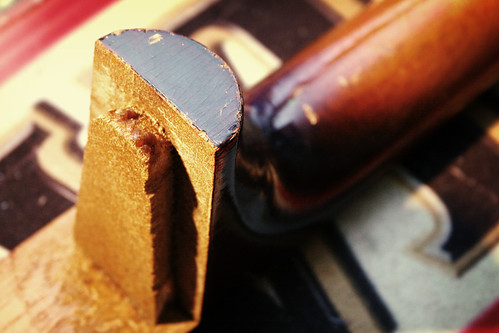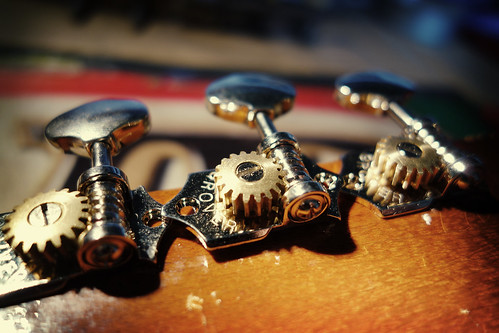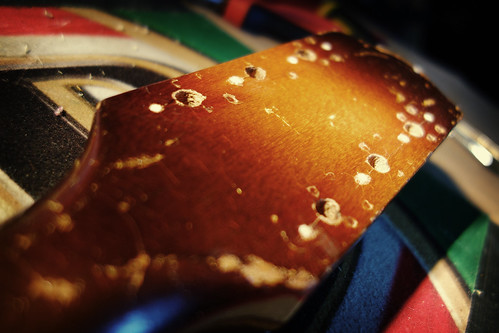
Great project I'm sure you will get an astonishing guitar at the end of the day ! I'm still a bit skeptical about keeping the old frets in place but you have a much better view of the whole thing ! All the best
Guitars:
1978 Fender Telecaster Thinline Custom USA, New Nash TL-72 Thinline Telecaster, 1965 Harmony Meteor, H71, 1986 Fender Telecaster Esquire MIJ, New Martin J-41 Special, 1933 National Duolian, 1941, New Eastwood Mandocaster 12 strings
Amps:
Tweed Vibrolux Custom Denis Manlay, 1976 Fender Deluxe Reverb Silverface




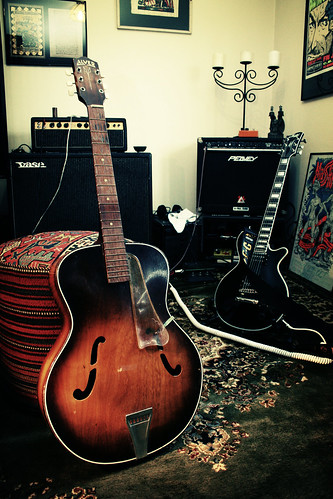
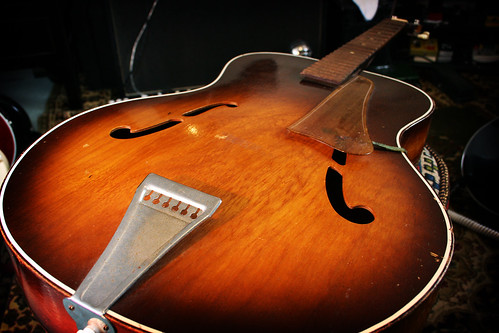
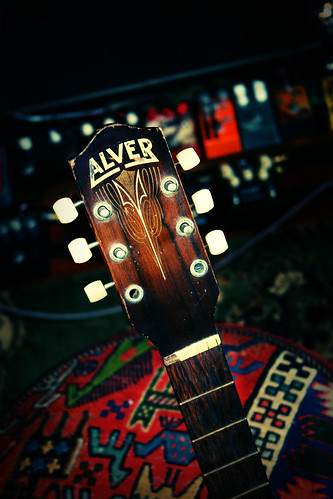


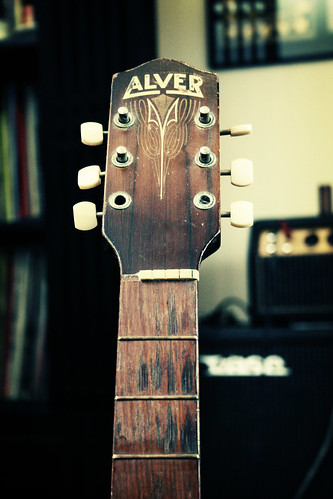



 Reply With Quote
Reply With Quote






